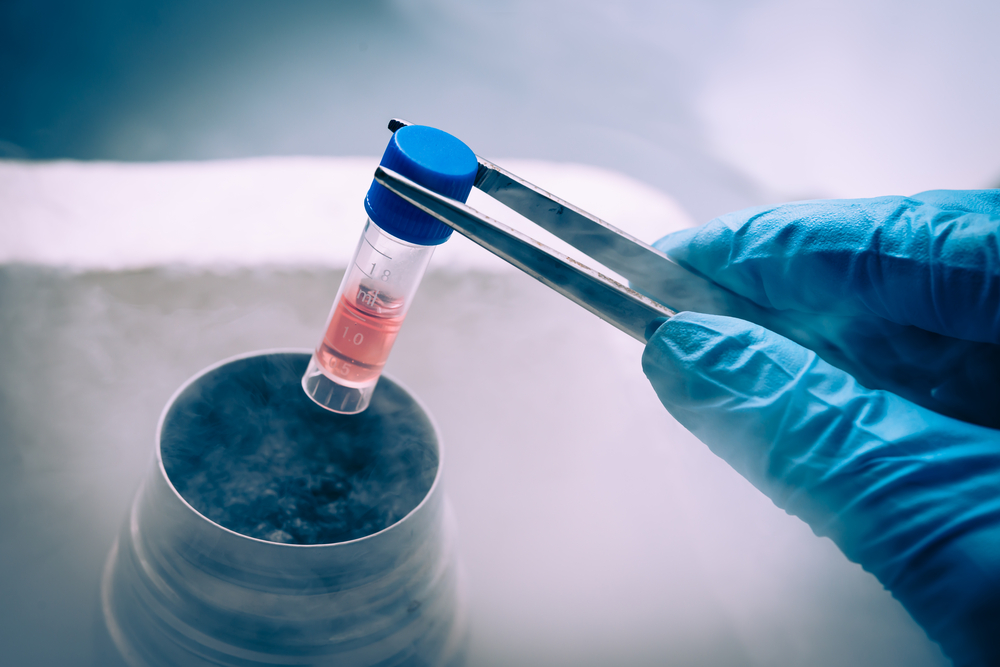Regenerative medicine is journeying down new avenues previously never explored, and this is largely thanks to stem cell therapy. This form of treatment doesn’t just show the potential to possibly cure afflictions previously deemed uncurable. Still, it is already proven to be highly effective in helping with everything from autoimmune diseases to osteoarthritis, and sports injuries to autism.
Yet, as with any treatment type, particularly one that’s still relatively new to the scene and still being refined, there are associated risks. What are the risks of stem cell therapy, exactly? This guide highlights the main concerns of using this treatment type.
The Use of Stem Cells
Stem cell therapy is a cutting-edge approach in regenerative medicine that utilizes stem cells to repair or replace damaged tissues and organs. These cells can develop into various specialized cell types, offering potential treatments for a wide range of conditions.
A stem cell transplant can come in various forms, such as using embryonic stem cells, mesenchymal stem cells, and blood cell-based therapies. While there are multiple benefits with even more seemingly on the way, it’s important to understand the associated risks with using stem cells.
Read more: What Are Stem Cells?
Types of Stem Cells Used in Therapy
- Embryonic stem cells: Derived from early-stage embryos, these cells are pluripotent. In simple terms, that means they are able to develop into any cell type in the body. Embryonic stem cells hold immense potential for treating various diseases despite ethical concerns, but they carry risks such as tumor formation.
- Mesenchymal stem cells: A mesenchymal stem cell is found in bone marrow, fat, and other tissues. These cells are multipotent, meaning they’re capable of differentiating into bone, cartilage, and fat cells. Although commonly used in therapies for conditions like osteoarthritis and heart disease, risks of mesenchymal stem cell usage include immunogenic reactions and potential infection transmission.
- Blood cell-derived stem cells: Used primarily in treatments like bone marrow transplants, these cells can regenerate blood cells and immune cells. While vital for treating blood-related disorders like leukemia and lymphoma, risks involve graft-versus-host disease and other immune complications.
Understanding these different stem cell types and their applications helps to assess their benefits – along with potential risks associated with using each therapy.
Risks Associated with Stem Cell Therapy
So, what are the risks of stem cell therapy? Although it offers many benefits and potential, there are still dangers associated with using stem cell therapy.
One major concern is tumor formation. This is certainly the case with embryonic stem cells, which have a high propensity to form teratomas (aka tumors) if not properly differentiated. That’s not the only problem with stem cell transplants from donors, as it poses a greater risk of immune rejection. The recipient’s immune system may attack the transplanted cells, leading to complications after injection treatments.
Read more: What Are Stem Cell Injections?
Infection and disease transmission is another notable risk. Stem cells from donors in particular can carry infections. Don’t choose a reputable treatment center like BioXcellerator, and stem cell clinics could introduce pathogens during the processing and handling of stem cells.
Speaking of clinics, the regulations of these are not always stringent in other countries. Some treatment providers may offer unproven, potentially dangerous therapies, exploiting vulnerable patients seeking cures. Along the same lines, the lack of standardized protocols across different countries and clinics can result in inconsistent treatment outcomes, along with an increased risk of adverse effects.
Here are the locations we cover at BioXcellerator.
Safety and Efficacy with Clinical Trials
Clinical trials play a key role in the safety and effectiveness of stem cell therapies. With a clinical trial, a structured, regulated environment is gained for new treatments to be rigorously tested. They start from small-scale Phase I trials to assess safety and dosage levels, going up to Phase III trials, which evaluate effectiveness and monitor side effects – the latter being key for this page’s subject matter.
By systematically testing out different stem cell treatments, a clinical trial helps to identify potential risks, optimize treatment protocols, and importantly, make sure only safe, effective therapies reach patients. Regulatory bodies like the FDA oversee these trials to enforce standards and protect patient safety.
Regulatory and Ethical Concerns
When discussing what are the risks of stem cell therapy, it’s important to look closer at the regulatory side of treatments. Imperative in their development and application, the regulation of stem cell clinics varies significantly across different countries. As a result, there can be significant disparities in treatment quality and safety.
In the United States, the FDA puts any stem cell treatments through rigorous safety and effectiveness standards before they can be marketed. Very few stem cell treatments are FDA-approved, which suggests they’re overly cautious in their approach – particularly when many stem cell treatments have proven to be highly effective.
As for ethical concerns, these have long been built around the use of embryonic stem cells, as their creation involves the destruction of early-stage embryos. This has sparked notable ethical debates and public opposition for the past two decades, leading to stringent regulations and restrictions in the United States and many other countries. However, the ability to reengineer adult cells to mimic the characteristics of embryonic stem cells has helped to not necessarily move on from this ethical debate, but significantly decrease its impact.
Conclusion
It’s true: there are risks associated with any type of stem cell transplant. When you read this page and the list of potential hazards, it could potentially cause you to second guess opting for stem cell treatments. While you need to carefully consider potential adverse effects, remember that issues are kept to a minimum – particularly when you receive treatment from a reputable clinic that always prioritizes safety.
Want to learn how a leading stem cell treatment center operates to negate these risks? Perhaps you want to better understand stem cell therapy cost? Browse our website or send us a message today for more info.


